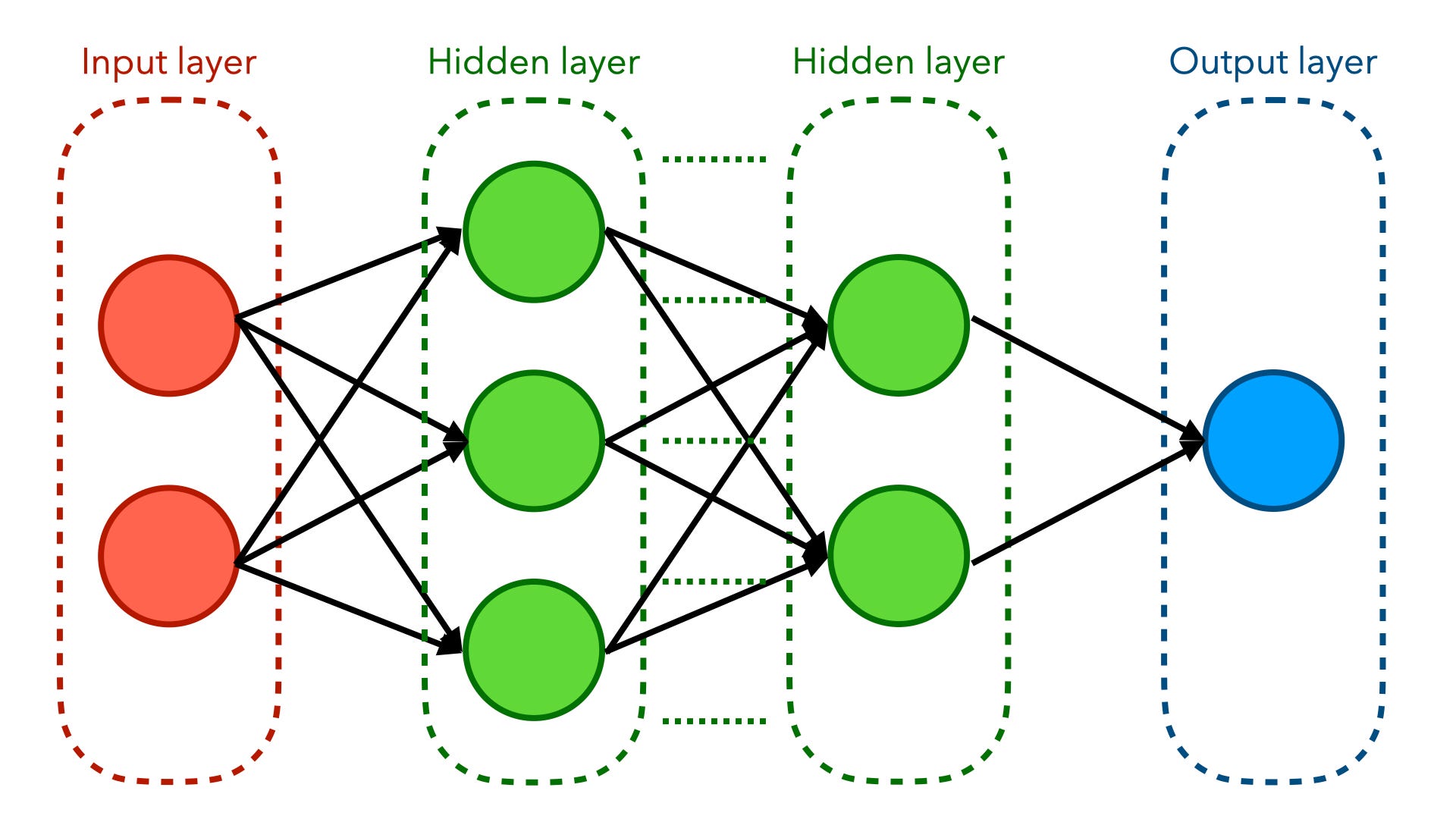1. Feedforward Neural Networks
Feedforward nerve organs networks are the most general kind of nerve organs network. They are made up of an input level, one or more hidden layers, and an outcome level. The input layer acquires record coming from an outside resource (such as an picture or text), which is after that refined by the hidden coatings just before being outputted through the output level.
Feedforward neural networks are often made use of for picture classification, pep talk awareness, and language interpretation. For example, Google Translate uses a feedforward nerve organs system to convert message coming from one foreign language to another.
2. Convolutional Neural Networks
Convolutional nerve organs systems (CNNs) are a specialized style of feedforward neural system that is created for graphic processing tasks such as things detection and facial awareness. CNNs use a procedure contacted convolution to draw out function from photos.
The convolution function involves gliding a small filter (additionally understood as a kernel) over the input photo and administering algebraic procedures on each pixel worth in that area. The Most Complete Run-Down leading function map emphasize locations of the graphic that have particular attribute such as side or sections.
CNNs have been made use of in different functions consisting of self-driving autos, medical image resolution review, and video evaluation.
3. Persistent Neural Networks
Persistent neural networks (RNNs) are made for processing consecutive record such as pep talk or message inputs where each factor depends on previous elements in the series. RNNs make use of feedback loopholes within their architecture to process past inputs along along with current inputs.
RNNs have been made use of in numerous functions such as speech acknowledgment, foreign language choices in, and video analysis.

4. Lengthy Short-Term Memory Networks
Lengthy short-term mind (LSTM) systems are a style of RNN that is developed for processing long sequences of data. LSTMs make use of a memory cell along along with three gates (input entrance, fail to remember gate, and output gate) to regulate the circulation of info through the network.
LSTMs have been made use of in several applications such as pep talk recognition, all-natural language handling, and conviction analysis.
5. Autoencoders
Autoencoders are a style of nerve organs network that is created for without supervision discovering jobs such as data squeezing and dimensionality reduction. Autoencoders are made up of an encoder that squeezes the input record in to a lower-dimensional depiction and a decoder that restores the original input from this compressed portrayal.
Autoencoders have been used in a variety of apps consisting of photo squeezing, anomaly diagnosis, and include removal.
Conclusion
Nerve organs systems have ended up being an crucial resource in device learning due to their capacity to find out coming from sizable datasets without being explicitly scheduled. The different types of nerve organs networks have special designs that are fit for details duties such as